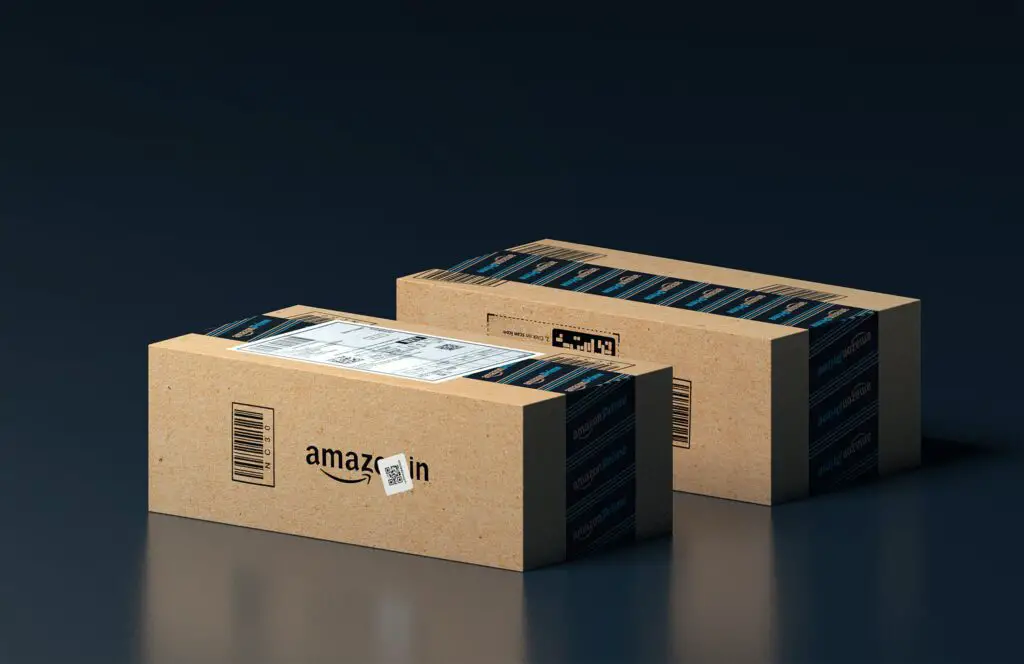What do we mean by restocking fee? A restocking fee is a percentage of the product price a customer is charged when a purchased product is returned for a refund. Amazon has the right to charge a restocking fee based on the reason for the return. Amazon has rules that guide how to charge restocking fees and how much to charge. Amazon charges a restocking fee based on some circumstances; one of those circumstances is when the product is returned outside of Amazon’s return policy or the product is already used, damaged, or in a different shape. The restocking fee amount charged can be up to 20%, 50%, or even up to 100% percent of the item depending on the shape it is returned.

Restocking fees won’t be applied to goods that are returned in their original state and in line with the return policy. Returns are not accepted beyond the return window, if it is, there’s a restocking fee to be paid.
Why Does Amazon Charge A Restocking Fee?
When a product is returned using a return label from the return center and the cause is not due to Amazon’s error, Amazon assesses a restocking fee. The refund given will not be up to the cost of shipping. For each item in the shipment, you are to pay a smaller amount, and each return shipment will cost a single, flat fee. You will be charged a restocking fee for shipping based on the product in the shipment with the highest price.
Every return label corresponds to a particular return.
Does Amazon Charge The Same Restocking Fee For Every Item?
Each item has a different restocking fee that Amazon charges. The state of a product and the time returned to determine the price. Some of the elements that determine whether you have to pay a restocking charge or not include the following:
You will not be charged a restocking fee if you don’t purchase again and return the product unused and through the return window. If what you bought wasn’t what was delivered, you won’t be required to pay a restocking fee.
If a customer decides against making a purchase and returns it in its original condition after the return period has passed, they will be charged up to 20% of the item’s cost.
No restocking fee is assessed when a customer refuses receipt of an item because of apparent damage that occurred during shipping or was brought on by the carrier.
The cost of the return shipment will be covered by the seller; however, if the seller has insurance coverage, they may file a claim with the carrier or insurance provider.
If a buyer receives a used or damaged item, there won’t be a restocking fee applied.
If a customer returns a non-media item during the return window and the item is received by the seller damaged or otherwise different from how it was supplied to the customer initially, the customer may be charged up to 50% of the item’s price. Up to 50% of the item’s price is charged when a buyer returns a book within the window of return but with obvious signs of use on the book.
When a customer returns a CD, DVD, VHS tape, cassette tape, or vinyl record during the return window and it has already been opened and taken out of the plastic wrap, it may be charged up to 50% of the item’s price.
When a customer changes their mind and returns software or video games that have already been opened, they may be charged up to 100% of the purchase price.
The Return Window For Amazon
Within 30 days of delivery is the window of opportunity for returns on Amazon. Within that time, any item shipped from Amazon.com or its warehouse may be returned. Certain products cannot be returned;
- more than 30 days after delivery for Kindles, laptops, and desktop computers
- Any goods without a UPC or serial number
- products for downloading software
- Online subscriptions after they have been accessed
- Credit cards (except as required by law)
- Pay-to-play game cards (World of Warcraft, Wii Points, etc.)
- certain orders for jewelry
- a few orders for personal care and health
- grocery items
- active software
- restricted items for shipping
- Live insects
- Items filled by independent sellers cannot be returned to Amazon.
Conclusion
Amazon charges a restocking fee to avoid customers from returning goods based on their feelings. Some terms and conditions warranty the return of any goods. Goods that are returned are inspected before They Are Accepted.
Frequently Asked Questions
How can I prevent having to pay the Amazon restocking fee?
The best way to avoid paying the restocking fee is to desist from removing the tags or opening items that would be returned eventually. You will not be charged if the item is returned in its original condition.
How can I return Amazon’s ordered item?
Go to your orders in your Amazon account after logging in, then select the item you want to return. Explain your intent to return the item, and pick a drop-off site that accepts returns without labels or boxes. A QR code will be sent, take the code and the item to the dropoff location, and that’s all.

